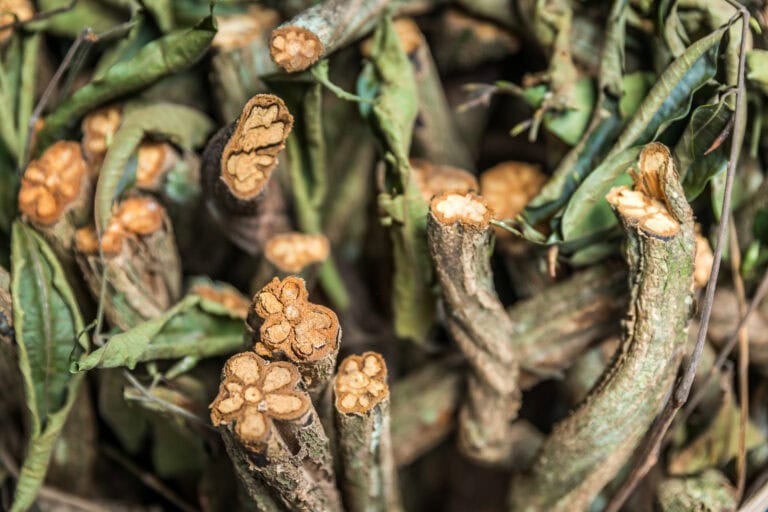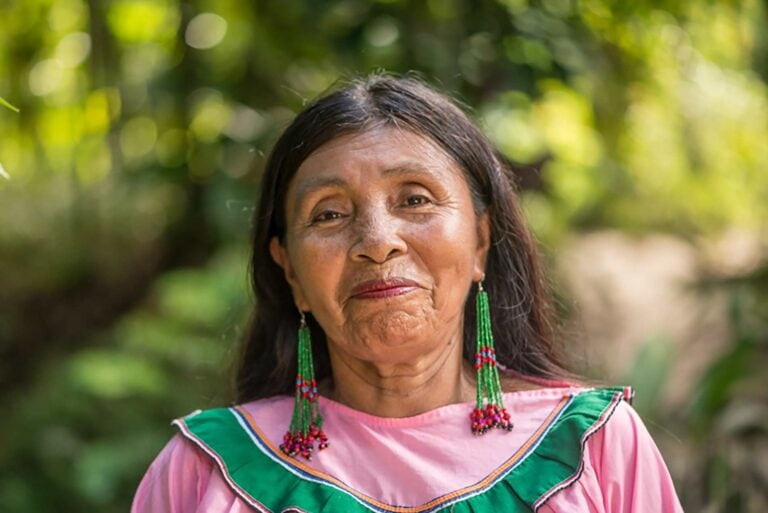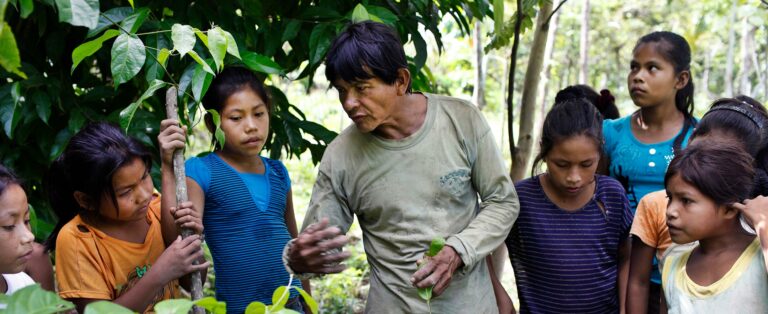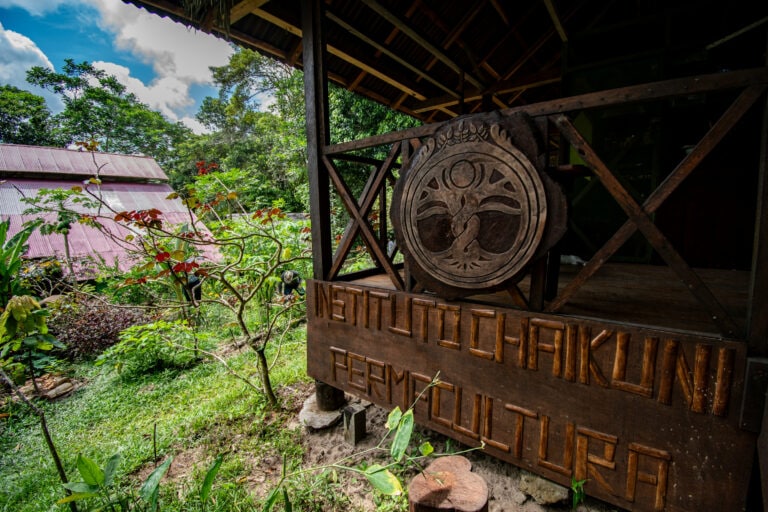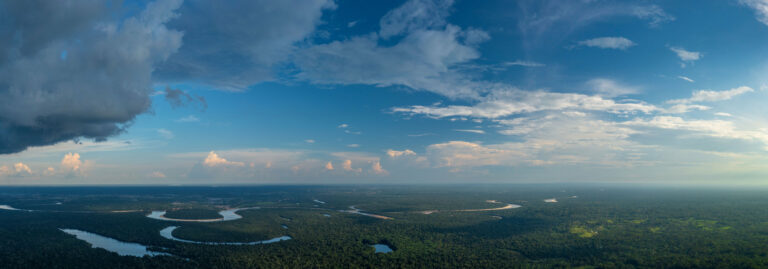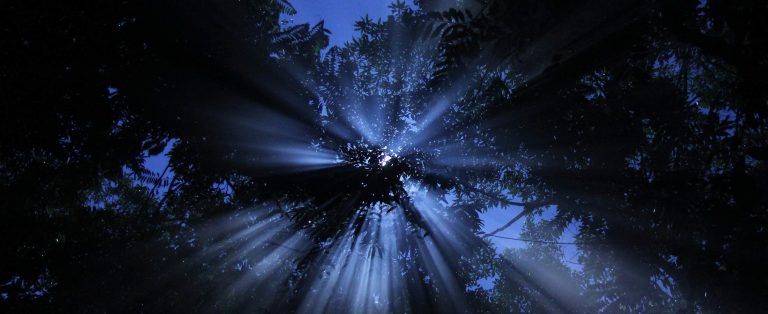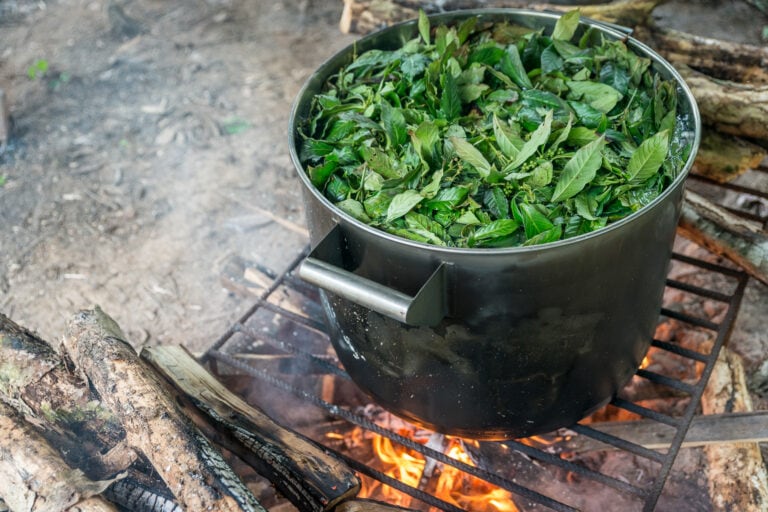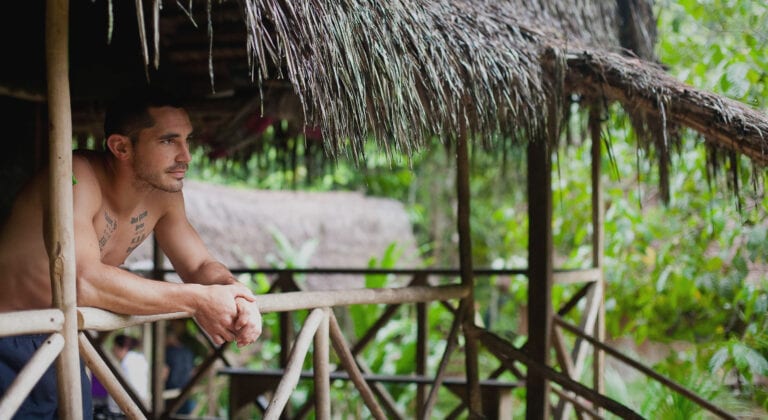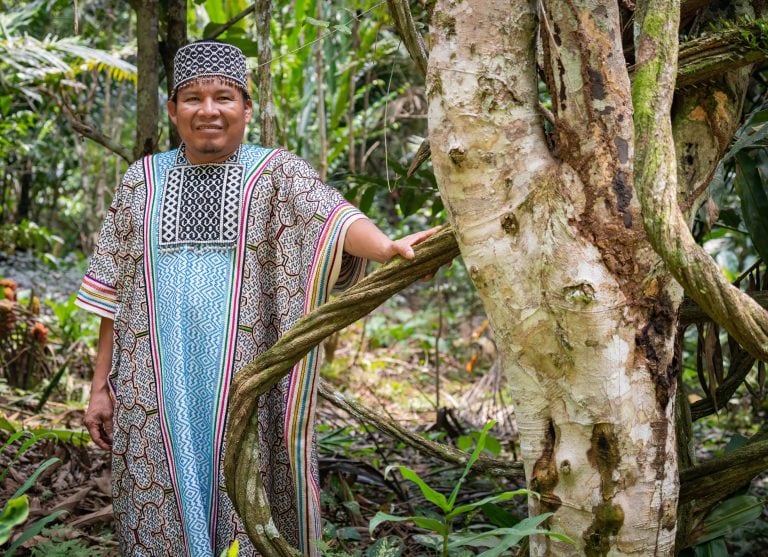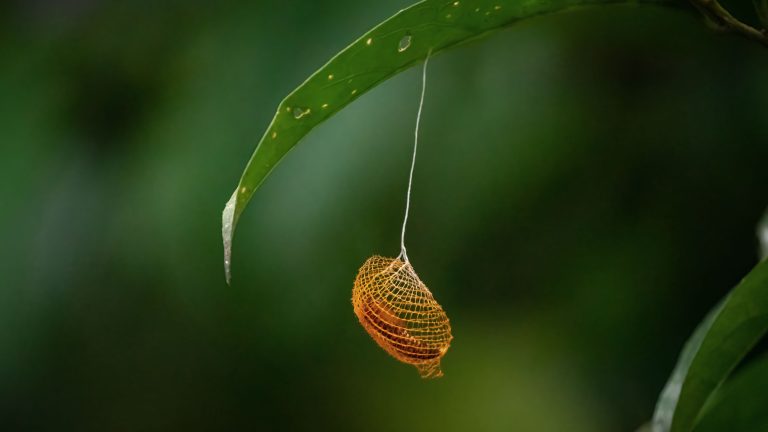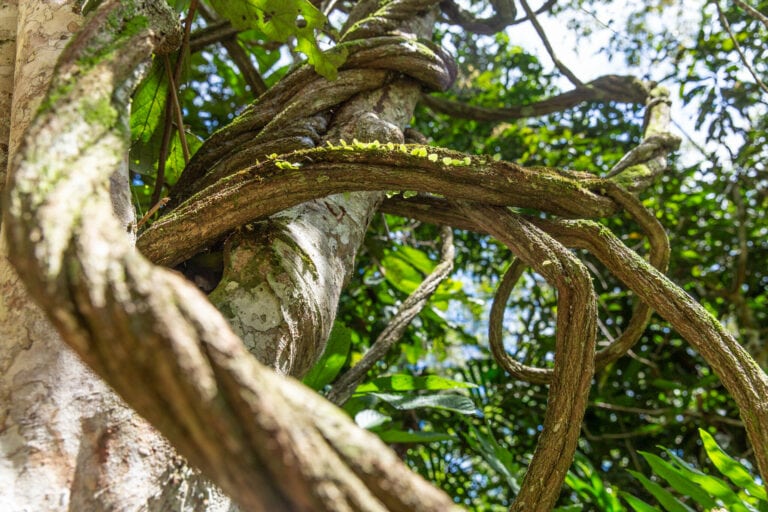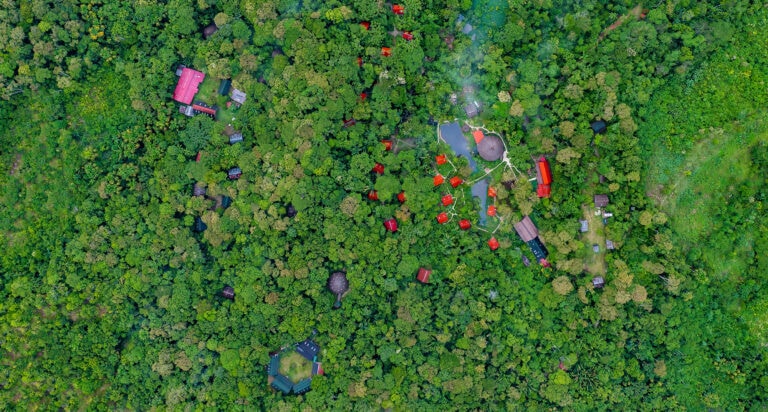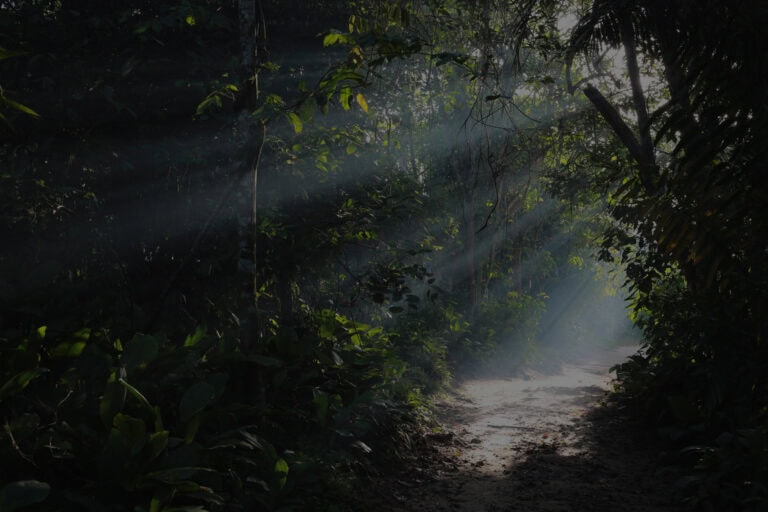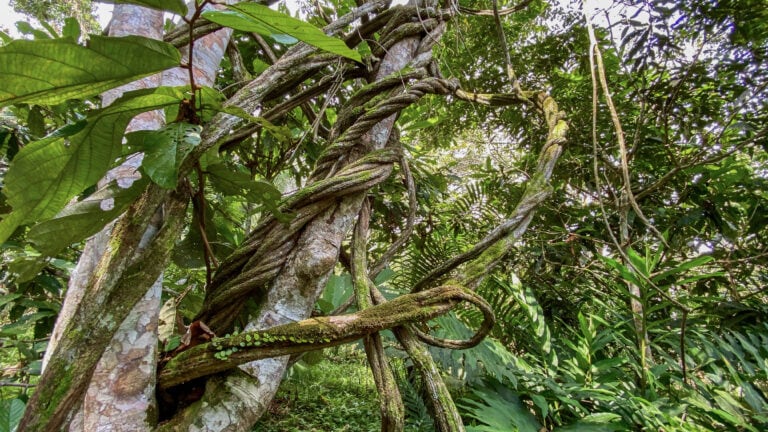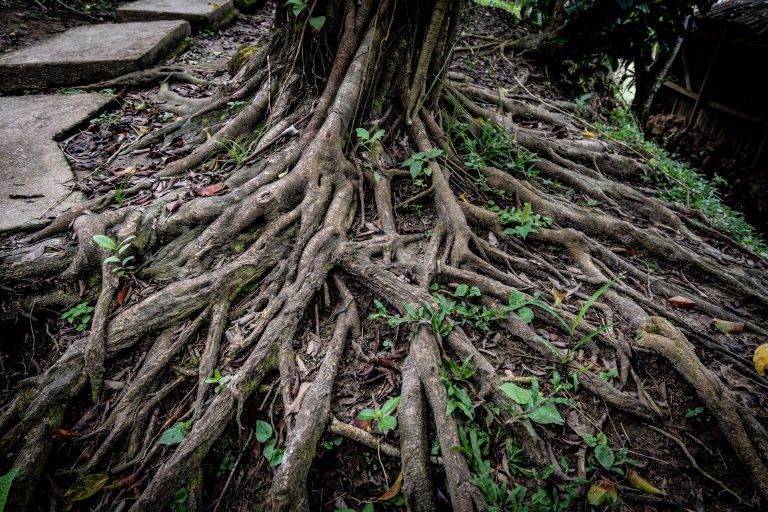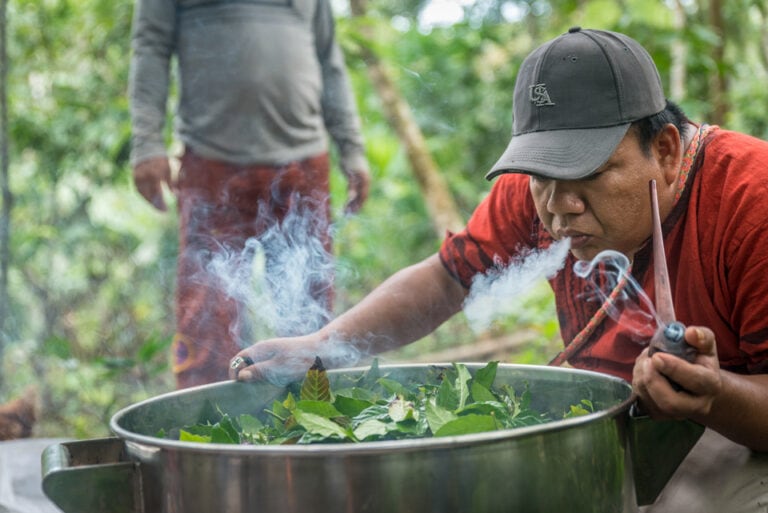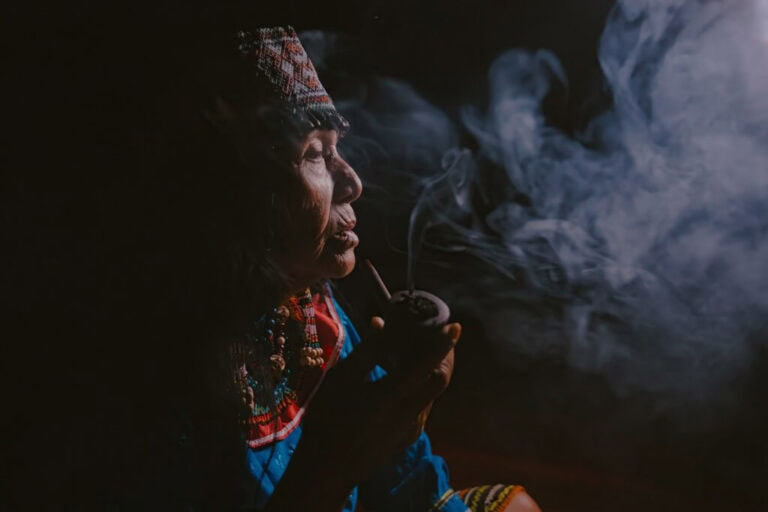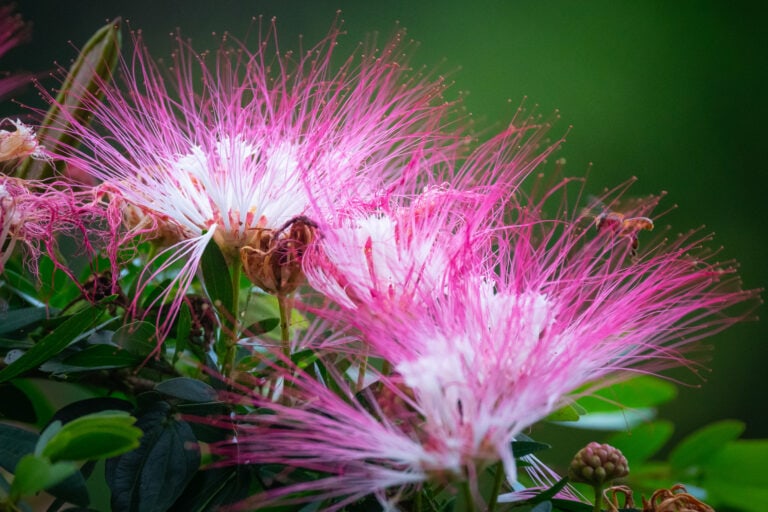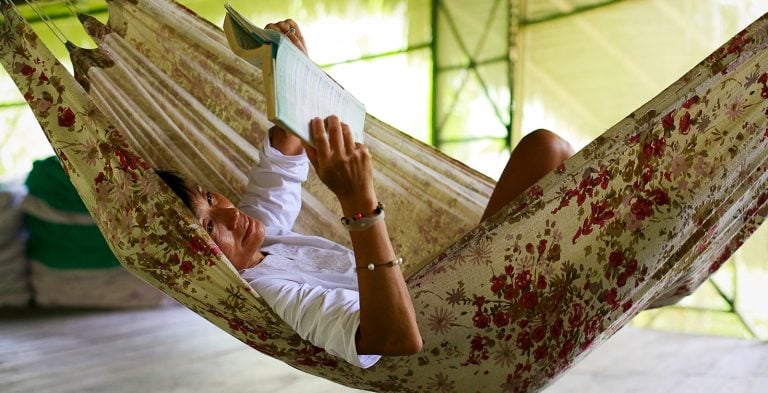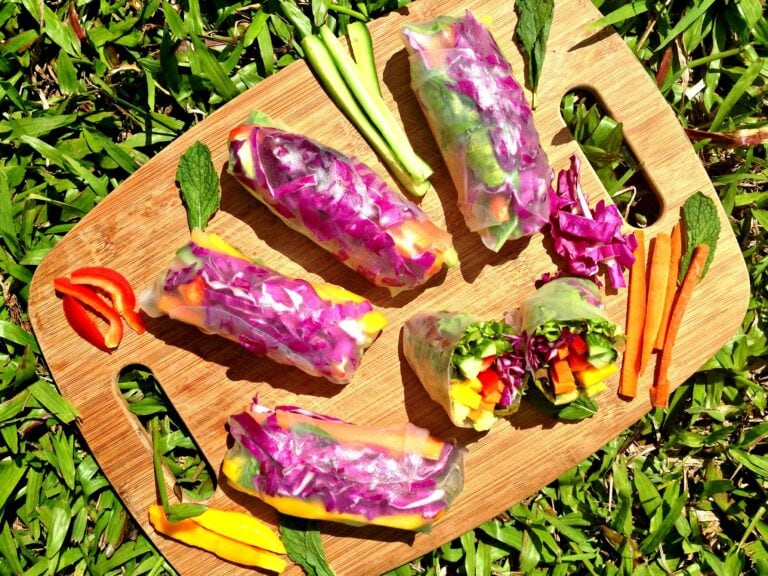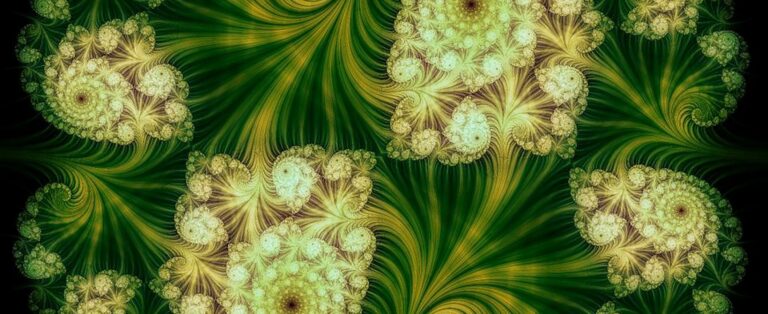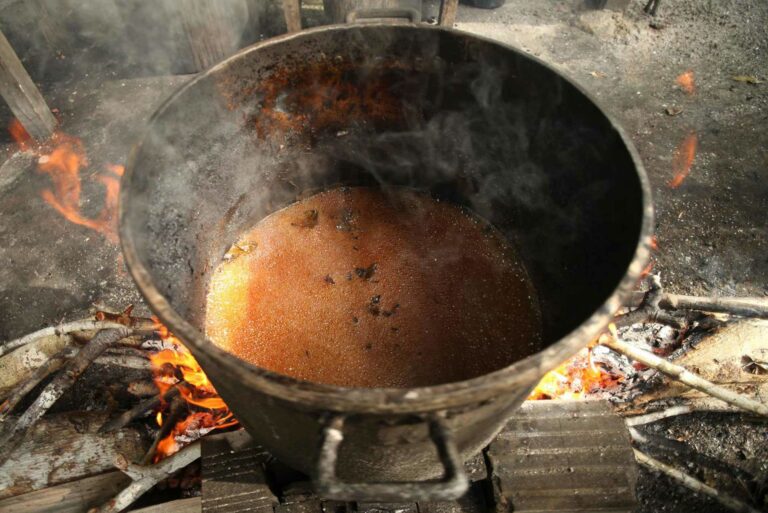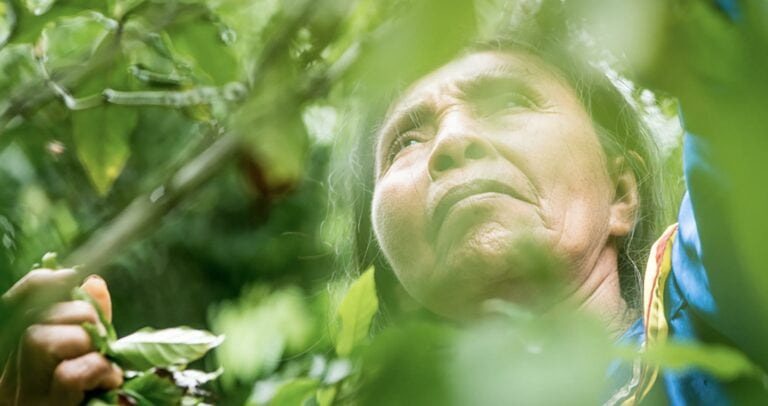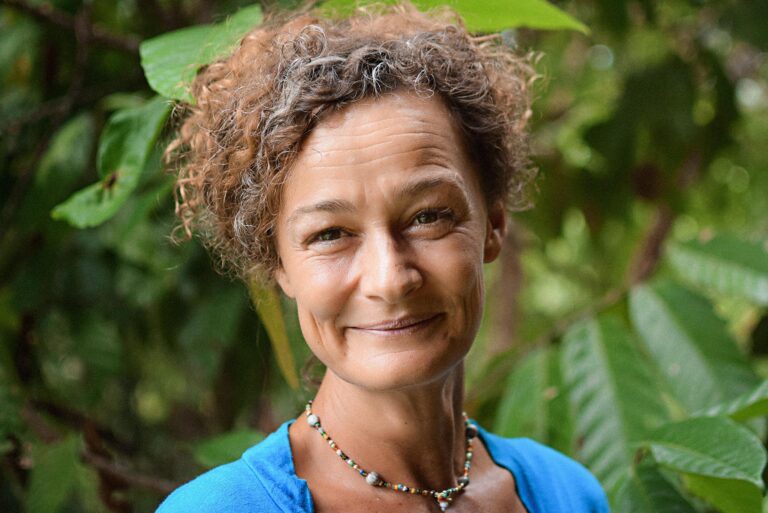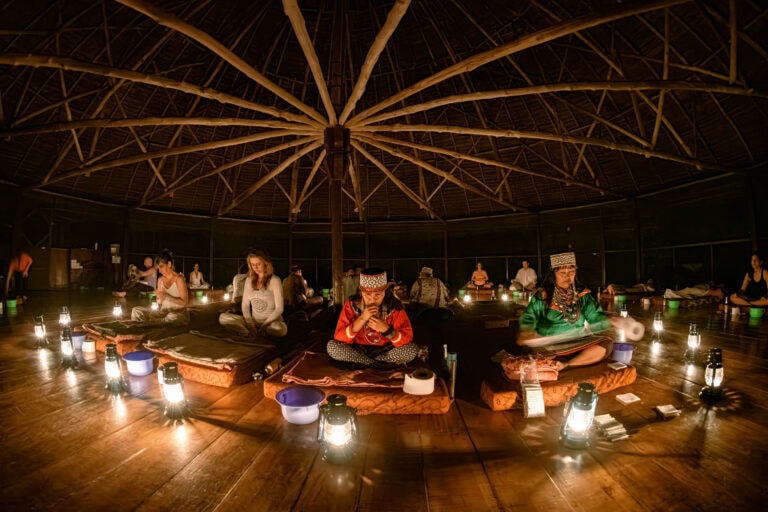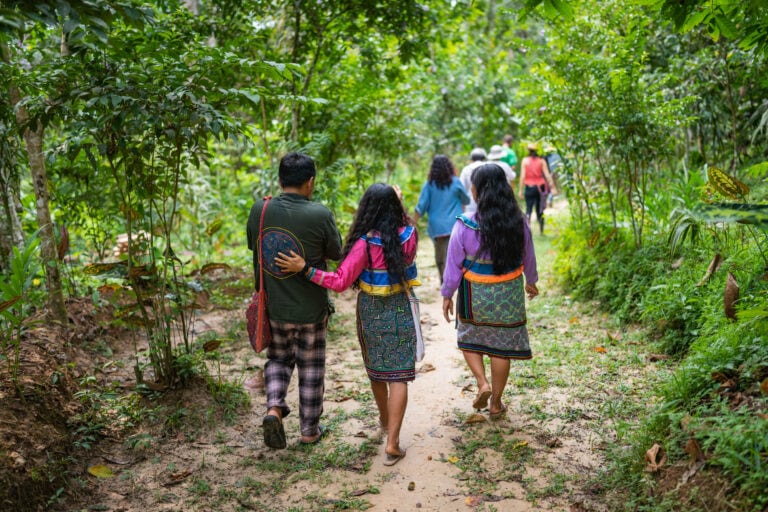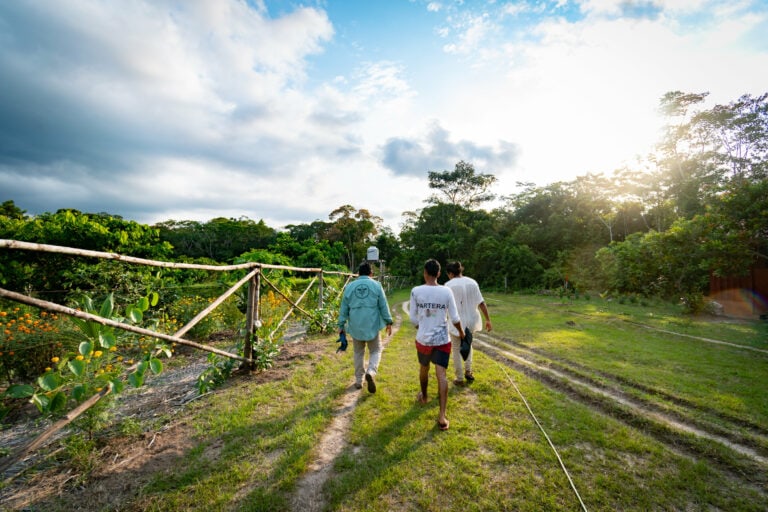The Amazon Rainforest produces more than 20 percent of the world’s oxygen, and 20 percent of the world’s fresh water and is home to over 150,000 species of plants, many of which are medicinal plants. The Amazon has been the richest biological incubator on the planet Earth for millennia.
This great rainforest also represents a mysterious and sacred link between humans and nature. It supports millions of plant, animal and insect species – a showcase of chemical invention and interactions.
In these natural archives, drugs like quinine, immune-system boosters, muscle relaxants, steroids such as cortisone, blood thinners such as Coumadin, antibiotics, anti-parasitics and cancer drugs are found that have been sourced from Amazonian plants. They are the source of some of the most widely used and lifesaving medications.
More importantly, there are new drugs still awaiting discovery: drugs for AIDS, cancer, diabetes, arthritis, multiple sclerosis and Alzheimer’s. All the major pharmaceutical companies as well as many scientific researchers are currently conducting studies on exciting new drugs emerging from Amazonian plants and studying the indigenous plant knowledge and the specific plants used by native shamans and healers.
Together with genomics, new drugs that are derived from Amazonian plants are the most promising area of research for new cures to disease. Currently, 25% of Western pharmaceuticals stem from Amazonian plants, but only 1% of plants of the Amazon have so far been tested.

Indigenous people’s empirical plant knowledge is now, finally, being widely accepted and respected by the scientific community. Rich in beneficial nutrients, phytochemicals and active constituents, these plants have been used by indigenous people of the Rainforest for their survival, physical and mental health, and well-being for centuries. However, extracting these secrets from the jungles is difficult and time-consuming. More seriously, valuable ancient knowledge and nature’s gifts are being lost at an alarming rate.
It is calculated that we are losing 140 species of plants, animals and insects every day as they become extinct from the loss of rainforest land and habitats through fires, logging, urbanization and intensive mono-cultivation. In the last half-century, we have lost over 50 per cent of the Rainforest across the planet and 25 per cent in the Amazon region.
For the time being, hundreds of beneficial plants that can cure a wide variety of ailments are still being used in the Amazon following knowledge passed from generation to generation. The vast pharmacopoeia of the jungle is serving millions of people while scientists are still trying to understand how they work. But the questions remain: How many possible cures are we losing and how many miracle drugs have we already lost?

